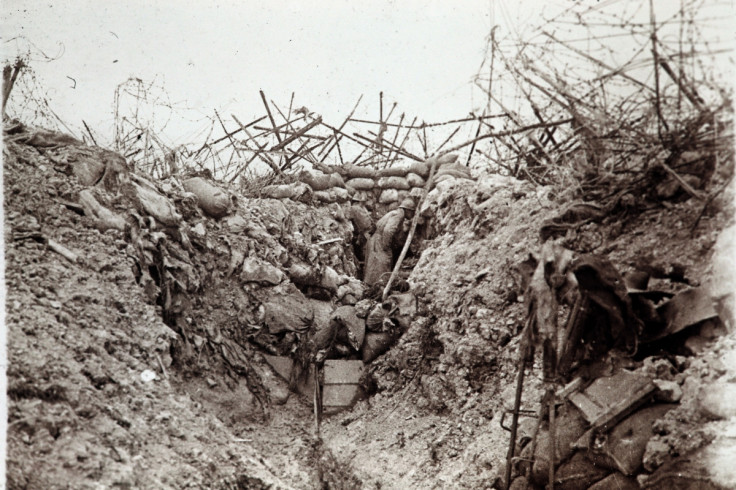First World War Centenary: Invention of Plastic Surgery, Blood Banks and Other Lesser-Known WW1 Facts

The 28 July 2014 marks the 100th anniversary of the beginning of the First World War, one of the most terrible conflicts in history.
Conjuring images of bloodbaths within the muddy trenches of the Western Front, the war paved the way for major political changes - including revolutions in many of the nations involved - until fighting ceased on 11 November 1918, Armistice Day.
From surprising trench survival rates to famous writers who served, IBTimes UK looks at interesting facts about World War One:
History of plastic surgery
The father of modern plastic surgery is generally considered to have been Sir Harold Gillies, a New Zealand otolargyngologist working in London. He developed many of the techniques of modern facial surgery while caring for soldiers disfigured during WW1 - with the majority caused by shrapnel.
Nine out of ten soldiers survived the trenches
Being in the firing line was rare for a British soldier as they were moved around the trench system, meaning they were largely kept from enemy fire.
Blood banks
Blood transfusions became routine in treating wounded soldiers during the First World War. Captain Oswald Robertson, a US Army doctor, established the first blood bank on the Western Front in 1917, using sodium citrate to prevent the blood from coagulating and becoming unusable.
Unofficial truce and football
At Christmas 1914, an unofficial truce was observed along two-thirds of the Western Front. Soldiers from some German and British troops played football in No Man's Land, not far from Ypres, Belgium. Germany won 3 - 2.
Britain's financial crisis
WW1 almost caused a financial meltdown in the UK as the first global war cost more than any previous conflict. According to the BBC, the cost of bullets in one 24-hour period in September 1918 was nearly four million pounds.
JRR Tolkien
Famous people who served included the Lord of the Rings author JRR Tolkien, Winnie the Pooh creator AA Milne and sculptor Henry Moore.
White feathers
Around 16,000 British conscientious objectors refused to fight - and many received white feathers as a sign of cowardice. Some were given non-combatant roles, while others were imprisoned.
Colourful ships
Norman Wilkinson, an artist and Royal Navy volunteer, came up with the idea of covering ships in colourful patterns to confuse the enemy rather than conceal the boats using normal camouflage.
Youngest soldier
Sidney Lewis was 12 years old when he joined the army during World War One, having lied about his age. According to the Daily Mirror, he was likely handed a Lewis gun at the Battle of the Somme, which began in 1 July 1916 - which left 60,000 dead and wounded.
Deadly time for journalists
Only a few journalists risked their lives to report on the war. Reporters were banned and were considered helping the enemy if they were caught. They faced the death penalty, as government sought to control the flow of information from the frontline at the start of WW1.
© Copyright IBTimes 2025. All rights reserved.






















